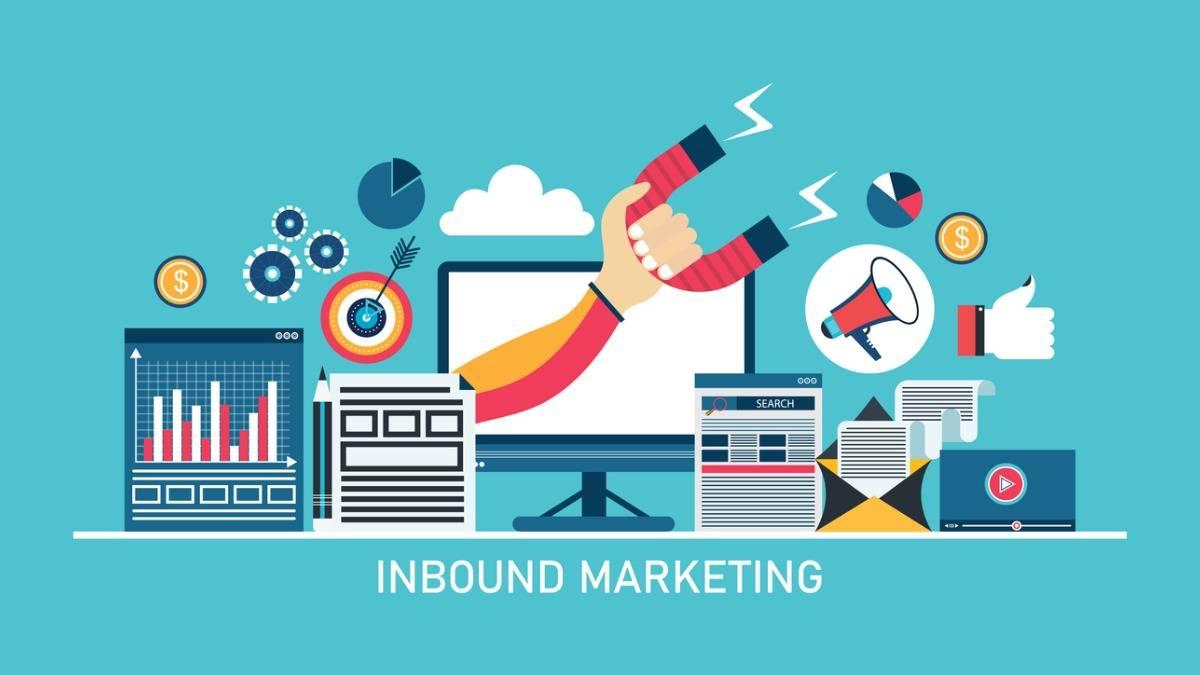A Step-by-Step Guide to Inbound Marketing Success
Inbound marketing has emerged as a crucial strategy for drawing in and engaging customers on the Internet. Rather than employing traditional marketing techniques that involve reaching out to consumers, inbound marketing ROI concentrates on crafting valuable content and experiences specifically designed to meet their needs.
Step 1: Define Your Target Audience
Understanding your target audience is foundational to the success of inbound marketing. Conduct detailed research to gather demographic, psychographic, and behavioural data about your potential customers. Utilize tools such as audience analytics on social media, customer surveys, and interviews to gain insights into their preferences, pain points, and purchasing behaviour. This thorough understanding allows you to tailor your content and marketing messages more precisely, making them resonate deeply with the audience you want to reach.
Step 2: Set Clear Goals and Objectives
Establish clear, quantifiable goals that align with your business’s broader objectives. These could range from increasing organic traffic by 30% within six months to generating 100 new leads per quarter. Setting such specific objectives helps create a focused marketing plan and provides a benchmark for measuring success. Use these goals to motivate your team and guide your content creation, ensuring every piece of material contributes to these ends.
Step 3: Create and Distribute Valuable Content
Crafting content that informs, educates, and entertains your target audience is at the heart of inbound marketing. Plan a content strategy that includes various formats such as blog posts, white papers, videos, and podcasts, each designed to address different stages of the customer journey. Distributing this content through the appropriate channels—be it your website, social media, or email newsletters—is crucial. Each piece of content should add value, encouraging potential customers to engage further with your brand.
Step 4: Optimize for Search Engines
SEO is vital to ensure your content reaches its intended audience. Incorporate targeted keywords naturally, optimize images and videos, and structure your content to enhance readability and engagement. Regularly updating old content and ensuring your website’s architecture supports SEO are also important factors. These efforts help increase your content’s visibility on search engines, driving more organic traffic to your site.
Step 5: Leverage Social Media Platforms
Social media is a powerful tool for extending the reach of your content and building relationships with your audience. Develop a strategy that utilizes platforms preferred by your target audience to share content, engage in conversations, and respond to customer feedback. Tailoring the content for each platform maximizes engagement and helps in building a community around your brand.
Step 6: Implement Lead Nurturing Strategies
Lead nurturing is crucial for converting initial interest into committed relationships. Use personalized email marketing, retargeting campaigns, and dynamic web content to educate and engage leads at various points in the purchase funnel. Effective lead nurturing should anticipate the needs of potential customers and provide them with information that guides them towards making a purchase.
Step 7: Analyze and Adjust
Constant analysis of your inbound marketing strategies is crucial for understanding what works and what doesn’t. Employ tools like Google Analytics, CRM software, and an inbound ROI calculator to track engagement, conversion rates, and overall effectiveness. Regularly reviewing these metrics allows you to fine-tune your strategies, adjust your tactics, and improve overall performance, ensuring your marketing efforts yield the best possible results.
Enhancing Customer Experience through Personalization
Personalization is a powerful tool in inbound marketing, pivotal in transforming the standard customer journey into a tailored experience that resonates with individual preferences and needs. Here’s how you can effectively implement personalization strategies to enhance customer engagement and satisfaction:
- Collect and Analyze Data: Start with gathering as much data as possible about your customers through various channels. This includes demographic information, browsing behaviour, past purchases, and social media interactions. Tools like CRM software and analytics platforms can help aggregate and analyze this data to build detailed customer profiles.
- Segment Your Audience: Use the data collected to segment your audience into different groups based on shared characteristics or behaviours. This segmentation allows you to tailor your marketing messages and content more precisely, making them more relevant and appealing to each group.
- Customize Content: Develop content that speaks directly to the interests and needs of each segment. Personalized emails that address recipients by name and include offers relevant to their past behaviours have a higher chance of engagement than generic messages. Similarly, customizing website content to reflect the preferences of the visitor can significantly enhance the user experience and increase conversion rates.
- Dynamic Content Delivery: Implement technology that allows for dynamic content delivery on your website. This means visitors will see content that’s specifically tailored to them, based on their past interactions with your site. For example, if a visitor previously looked at services related to SEO, the next time they visit your site, they could be shown a blog post or a case study related to SEO strategies.
- Retargeting Campaigns: Use retargeting strategies to re-engage users who have visited your site but did not make a purchase or inquiry. Tailored ads can be shown to these visitors on other websites they browse, reminding them of what they viewed and suggesting they return to complete a purchase or learn more.
- Predictive Analytics: Leverage predictive analytics to anticipate future customer behaviours based on historical data. This can guide when to send out marketing messages, what content to push, and which offers might be most attractive to individual customers.
Conclusion
Implementing a successful inbound marketing strategy requires careful planning, execution, and adjustment. By following these steps, you can attract more visitors, convert them into leads, and close them as customers. For agencies looking to optimize their inbound marketing strategies and improve ROI, Responsify offers the tools and expertise needed to succeed. Visit Responsify today to learn more about how our inbound ROI calculator and other resources can elevate your marketing efforts.



